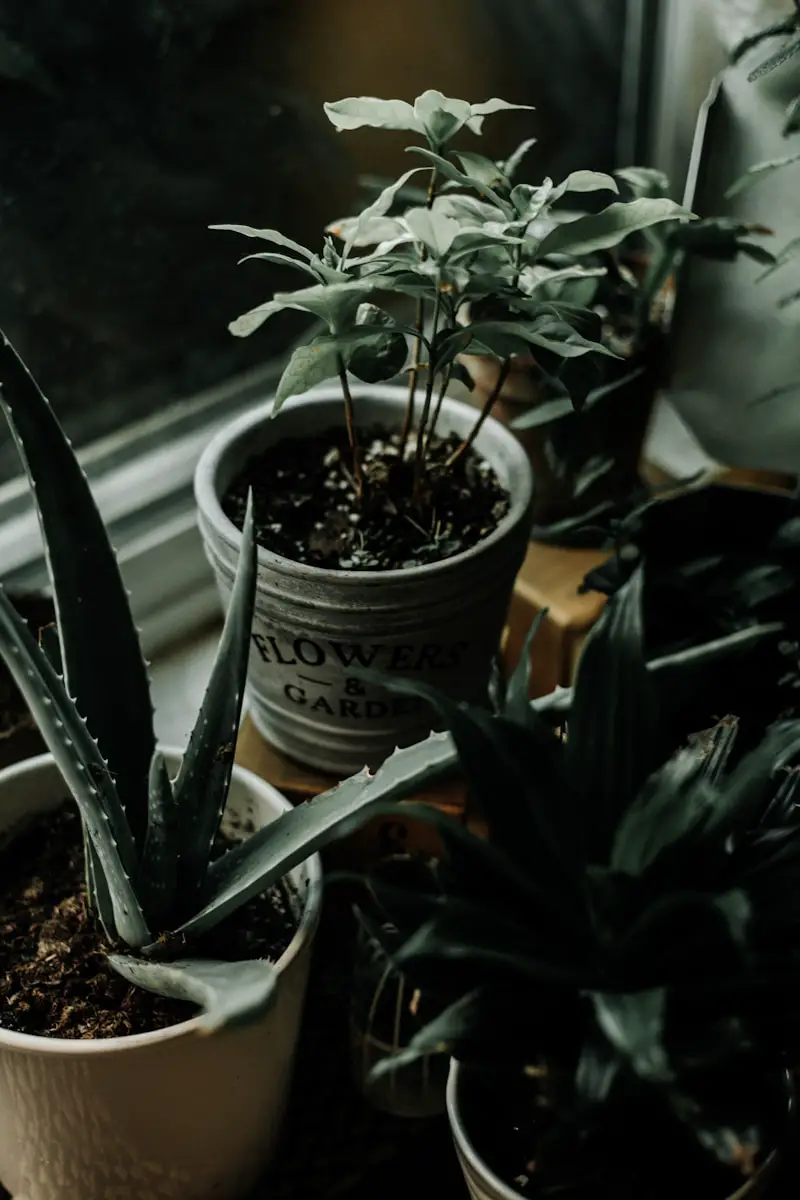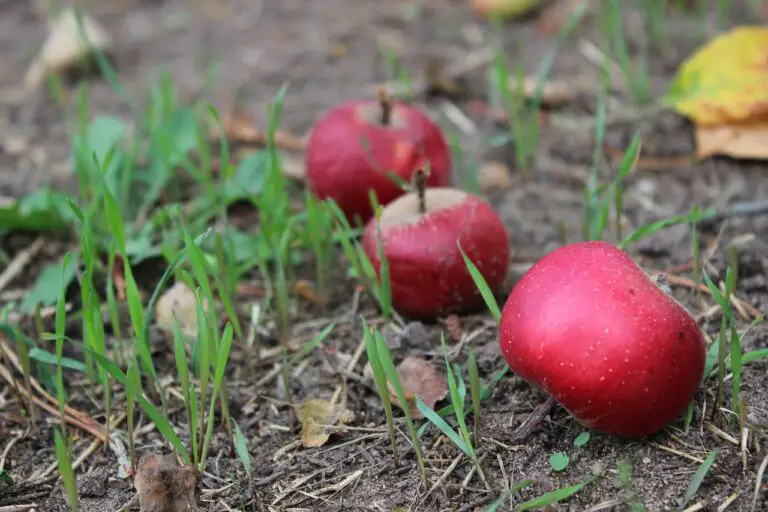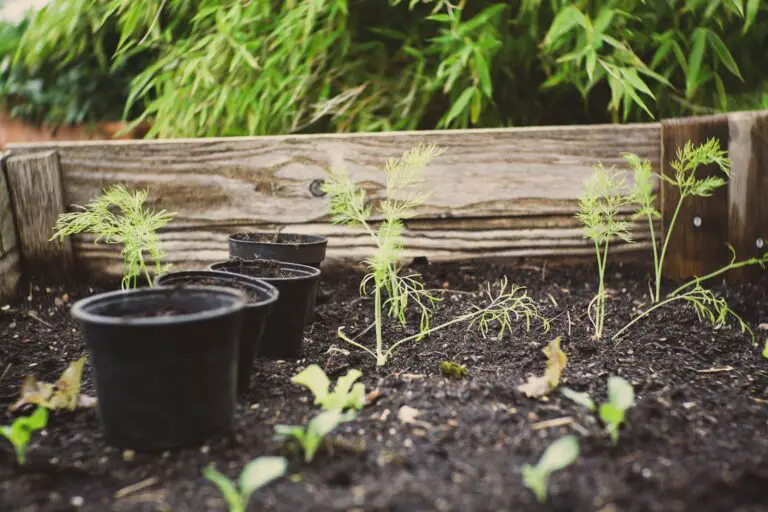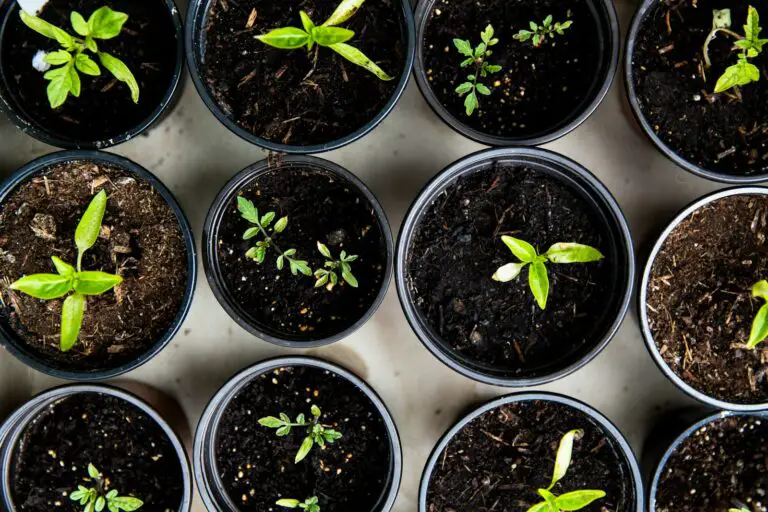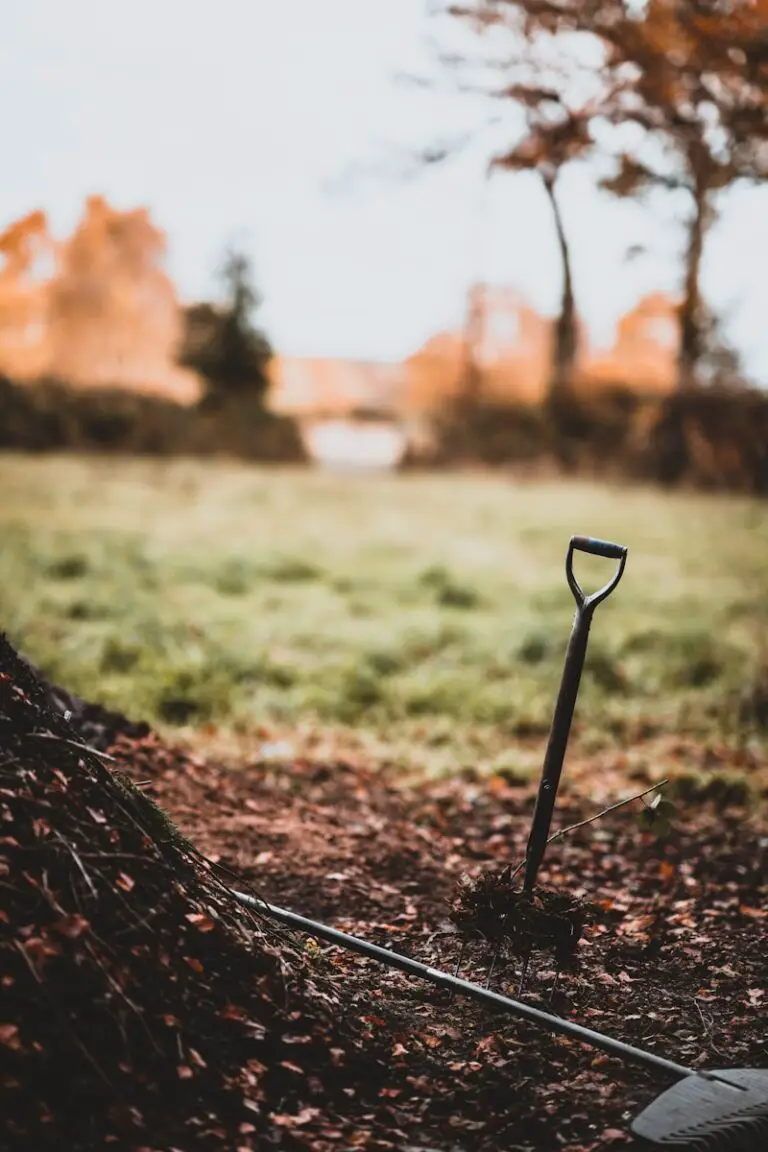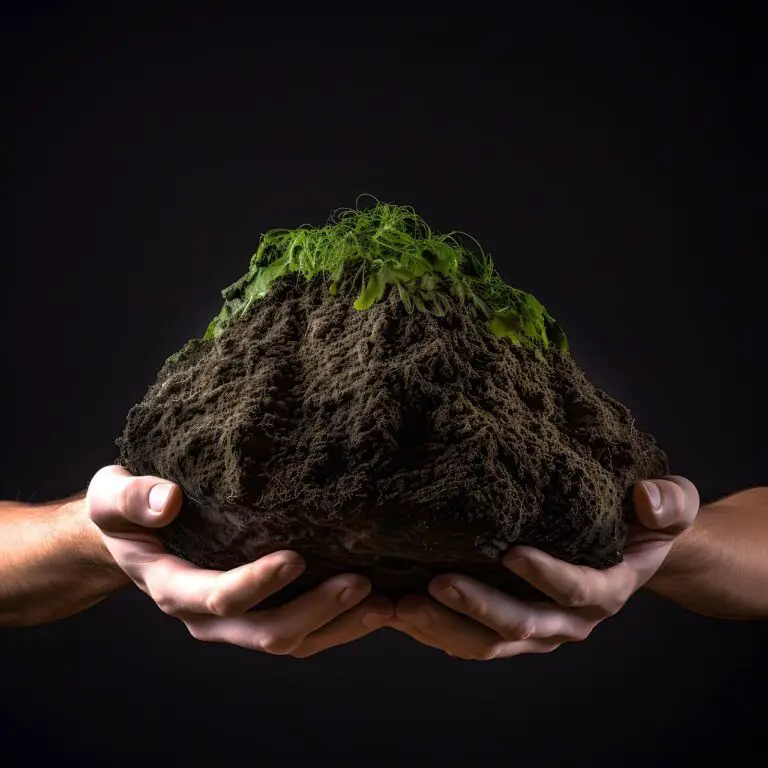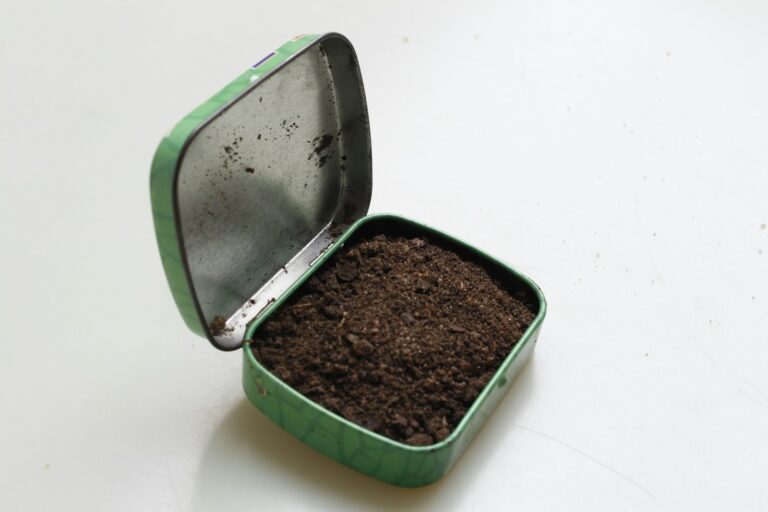Hot Composting vs. Cold Composting: Understanding the Difference
Composting is far more than a mere trend; it’s a practice deeply rooted in the principles of sustainability and regenerative agriculture. For eco-conscious gardeners, the choice between hot composting and cold composting can be the difference between successful waste management and supreme soil enrichment or, well, a somewhat sour experience. But what exactly distinguishes these two methods, and which one suits your green thumb best? This blog post is the ultimate guide to navigating the verdant world of composting.
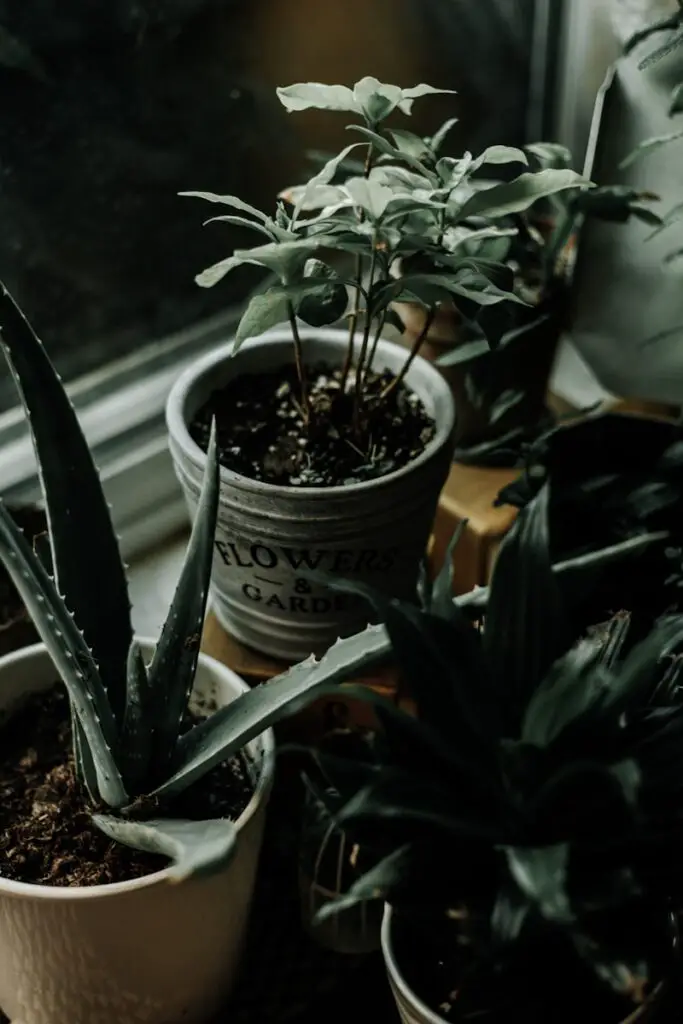
Understanding Composting’s Core
Before we plunge into the temperature-differentiated realms of composting, we should understand the primary function of this natural recycling process. Composting is the controlled biological decomposition of organic material into a humus-like substance called compost. It’s a green initiative that lessen our carbon footprint and bolsters the health of our soils.
The Eco-Conscious Gardener’s Anthem
Composting is the soil superhero for eco-conscious gardeners. It transforms kitchen scraps and yard waste into fertile black gold that can boost the growth of your flora, all while diverting waste from landfills where organic material contributes to greenhouse gas emissions. It’s a win-win for the planet and your plants.
Hot Composting: A Steamy Love Affair with Waste Management
Hot composting is like the sprinter among composting methods. It’s all about speed and high energy. Here’s how it works and why it may be your preferred method.
The Fire Inside
Hot composting relies on turning and maintaining the compost pile at high temperatures to speed up the decomposition process. Piles can heat up to around 160°F (71°C), the ideal temperature range for breaking down materials quickly and effectively.
Benefits that Burn Bright
Faster Decomposition Speeds Up Garden Dreams
Hot composting can turn your waste into usable compost in as little as three to four weeks. This can be particularly beneficial for gardeners eager to fertilize their plots with rich humus.
It’s Getting Hot in Here — and That’s Good
High temperatures kill off weed seeds, pathogens, and other unwanted guests that could potentially harm your garden.
Weed Seed Flavor Not Included
The heat generated during hot composting is natural and chemical-free, making it a sustainable way to manage plant pests.
Cold Composting: The Yoga of Composting
If hot composting is the aerobics class of soil-building, cold composting is the gentle yoga. It’s slow, deliberate, and wonderfully stress-free.
The Chilling Effect
Cold composting is less labor-intensive and involves little to no turning. The decomposition occurs at a slower rate, with piles typically reaching temperatures lower than 113°F (45°C).
Why Chill Skills are Beneficial
Loafing Has Its Benefits
Cold composting is a set-it-and-forget-it technique that suits gardeners who have less time for active management of their compost bin.
Less Work for More Reward
With less effort comes less worry. Cold composting is a more relaxed approach and requires minimal maintenance, making it a favorite for beginners.
Nutrient Retention Champion
The extended decomposition process in cold composting means that the compost retains more nutrients, keeping them available for plants longer.
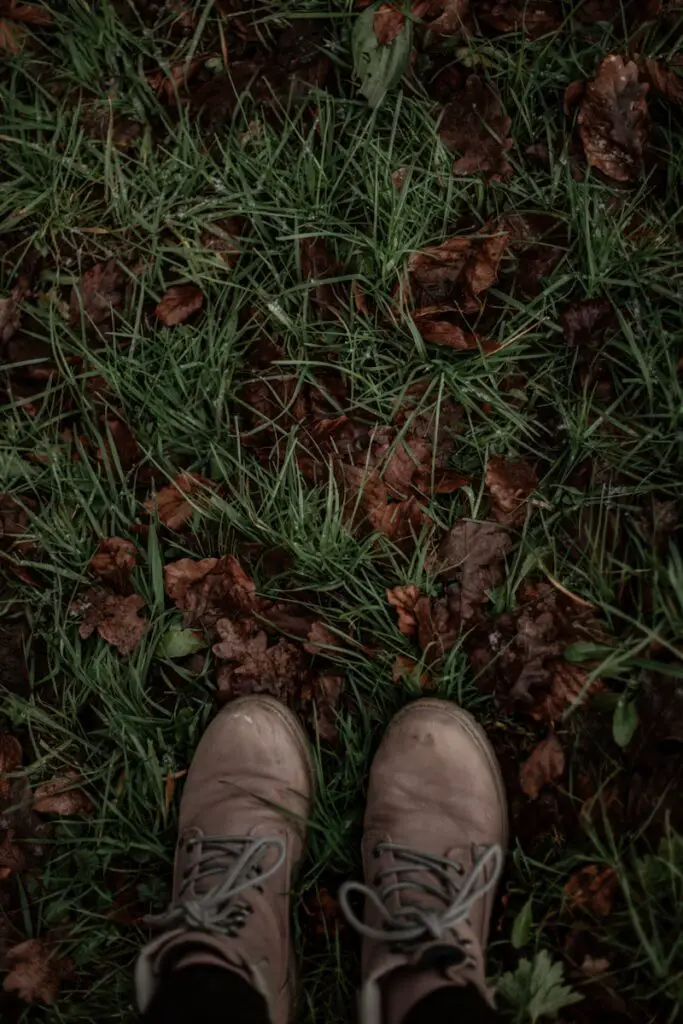
A Tale of Two Composts: Contrasting the Features
The Need for Speed vs. the Patience of a Saint
Hot composting’s exceptional turnaround time is a significant advantage for those with immediate gardening needs. Conversely, cold composting is a long game, perfect for those with patience or less immediate soil enrichment requirements.
Energy Expenditure and Effort
Hot composting demands more physical input. You must regularly turn the pile and monitor its temperature. Cold composting is much more hands-off, requiring little to no intervention beyond setting up your compost pile.
Space and Scale
Hot composting typically needs a larger area, since you are likely to be turning the pile. Cold composting, because it’s slower and requires less movement, can be achieved in smaller spaces and even indoors.
Material Tendencies
Both hot and cold composting require a good mix of green and brown materials, but cold composting can be more forgiving with variations in the mix. Hot composting, due to higher temperatures, may demand a more precise green-to-brown ratio.
Choosing Your Compost Crusade
The method you choose ultimately depends on your unique situation.
Iyou are low on time and high on energy, hot composting could be your garden’s best friend.
F those who wish to adopt a more laid-back approach to waste management and time is not a concern, cold composting might be the best choice for you.
Tips for Turning Trash into Treasure
Layer Up for Quality Compost
Layering your compost with a mix of green nitrogen-rich and brown carbon-rich materials can accelerate the composting process in both hot and cold methods.
Aerate Like You Care
Compost needs air for decomposition to occur effectively. Ensure that you’re turning hot compost piles regularly and that cold compost heaps have enough structure or aeration system to allow oxygen in.
Keep It Damp, Not Dripping
Compost should have the consistency of a wrung-out sponge. Too wet, and you’ll drown the microbes; too dry, and the critters responsible for decomposition won’t have the moisture they need to thrive.
Real-World Cases: From Piles to Potted Plants
Hot Composting in Action
We see remarkable results from a local community garden that implemented hot composting techniques, achieving increased soil fertility and impressive plant yields. The key? Vigilance over temperature, meticulous layering, and consistent aeration.
Cold Composting’s Urban Oasis
An urban balcony garden successfully adopts cold composting, yielding nutrient-rich compost with minimal effort, perfect for its potted plant inhabitants. Here, the low-intervention approach shines in a space-strapped setting.
The Academic Approach
In an educational institution, a combination of hot and cold composting methods becomes an enriching lesson in sustainability and community engagement, highlighting composting’s educational and practical benefits.
Conclusion: It’s All About Balance in the Compost Universe
At the heart of it, composting is about striking a balance — between managing waste efficiently and nurturing the earth that sustains us and our gardens. Both methods have their merits, and the most successful composters are often those who adapt and blend techniques to suit their individual needs. Whether you’re a fervent composter with a busy schedule or a laid-back gardener with ample patience, there’s a composting method out there waiting for you to explore.
In the end, the choice you make should resonate with your eco-conscious values and the outcomes you want in your garden. In the grand greenhouse of life, every compost heap tells a story of transformation and renewal. Now, it’s time for you to script your own odyssey from scraps to soil sustenance.

